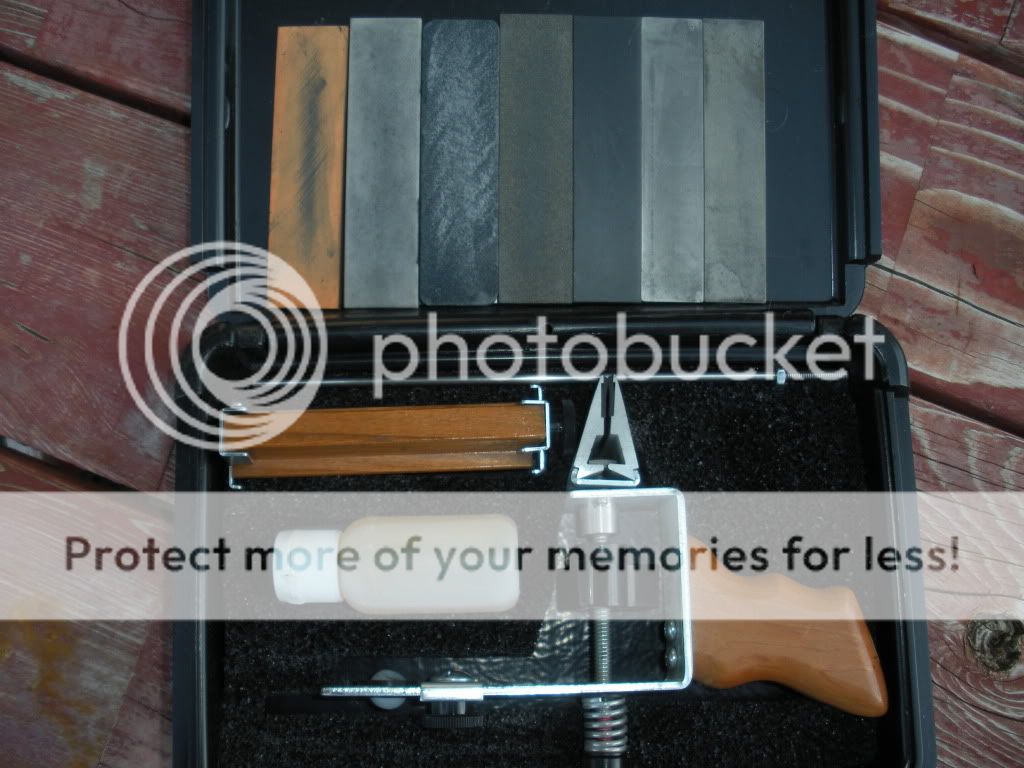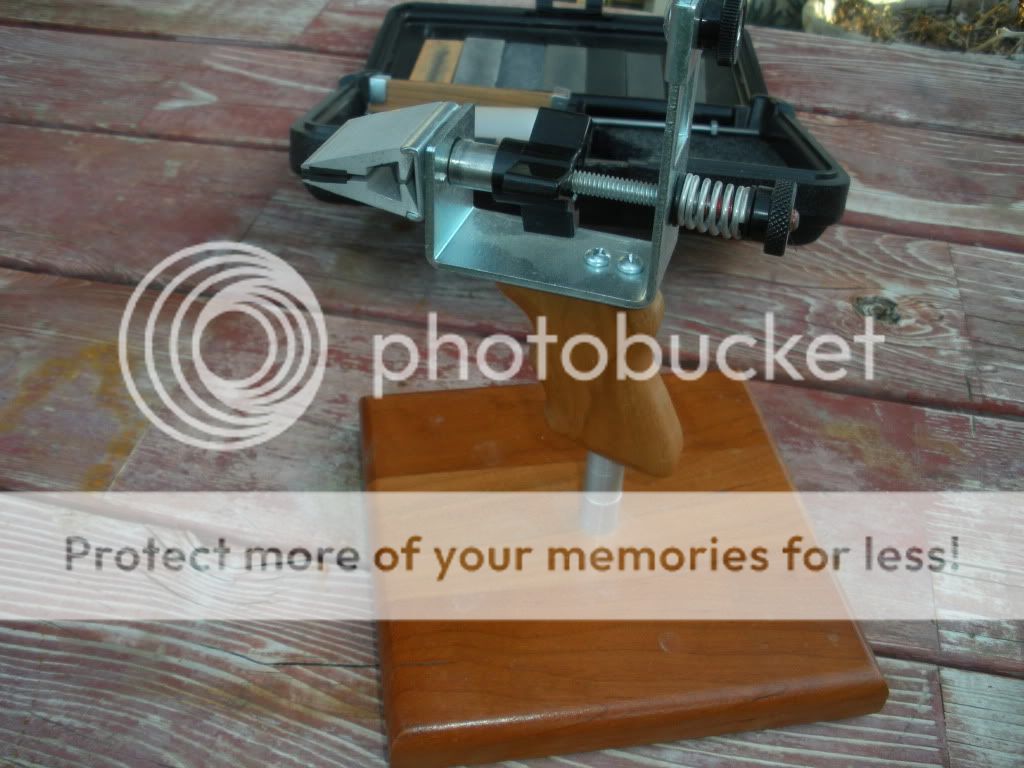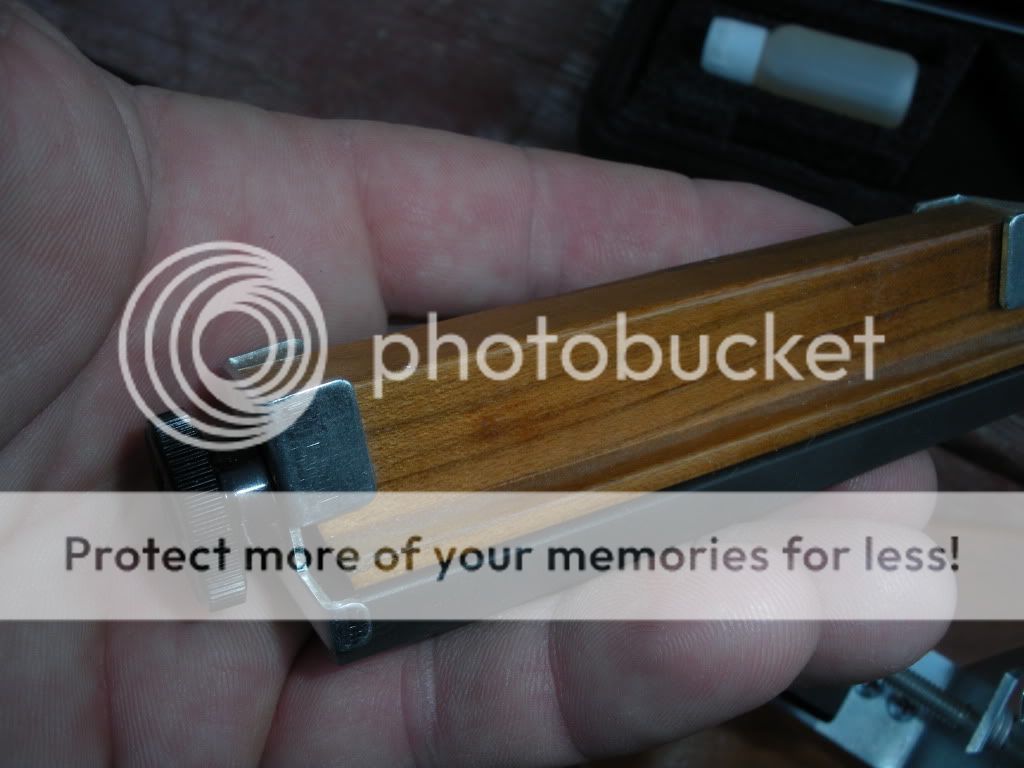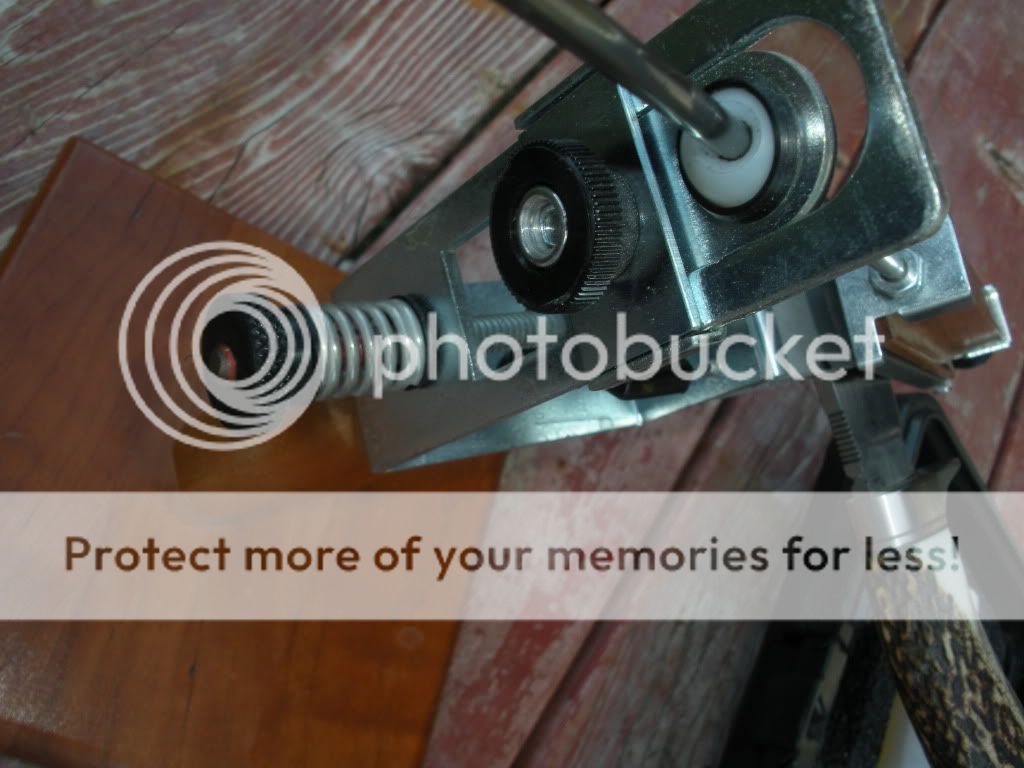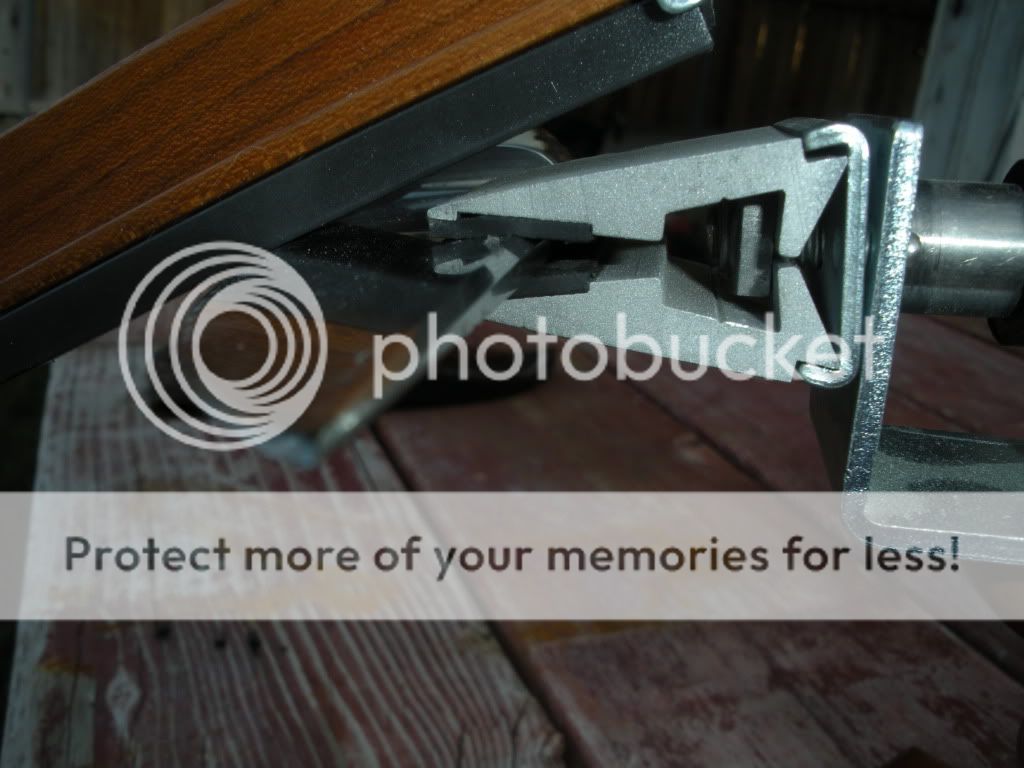How do you learn to keep the bevel angle consistent? For honing straight razors it's simple because you lay the razor flat and keep both the spine and cutting edge on the hone.
When I try to freehand hone a kitchen knive I feel like I have a hard time keeping the bevel angle consistent between passes and along the cutting edge, especially near the tip.
When I try to freehand hone a kitchen knive I feel like I have a hard time keeping the bevel angle consistent between passes and along the cutting edge, especially near the tip.




